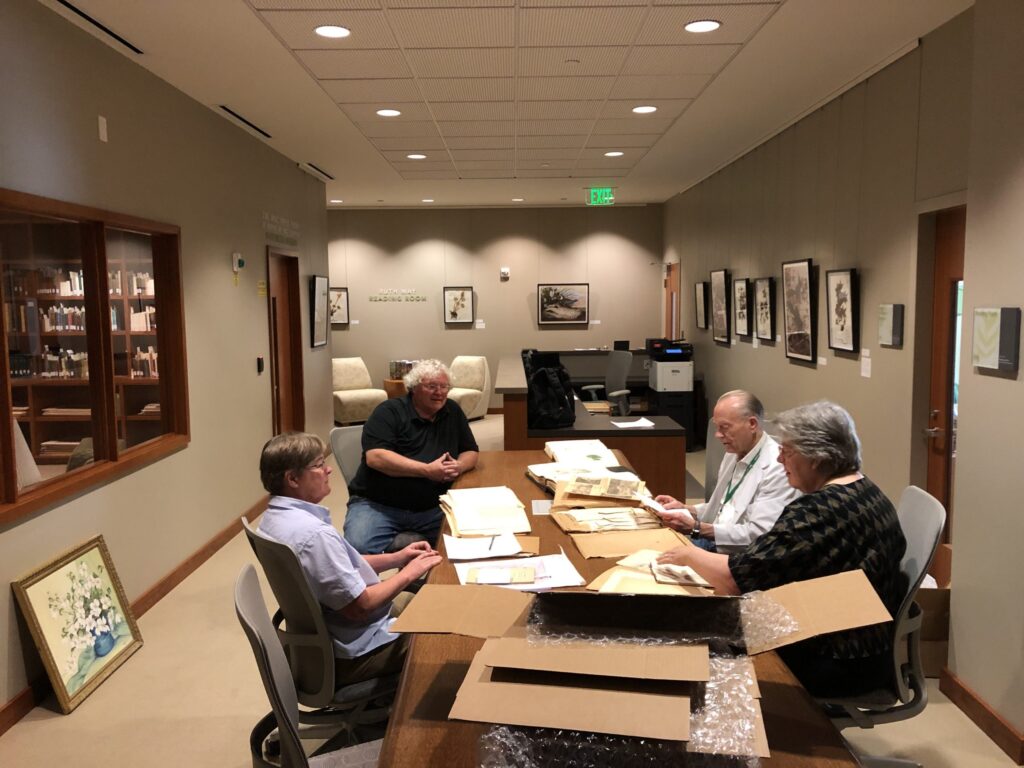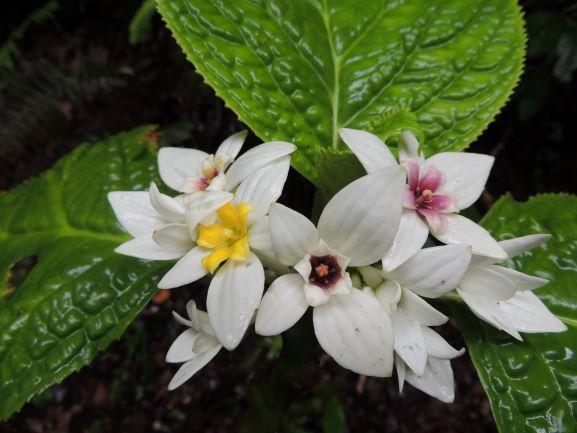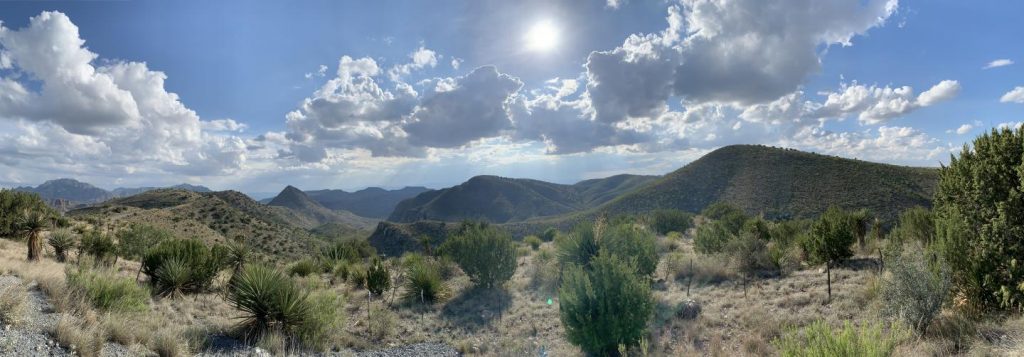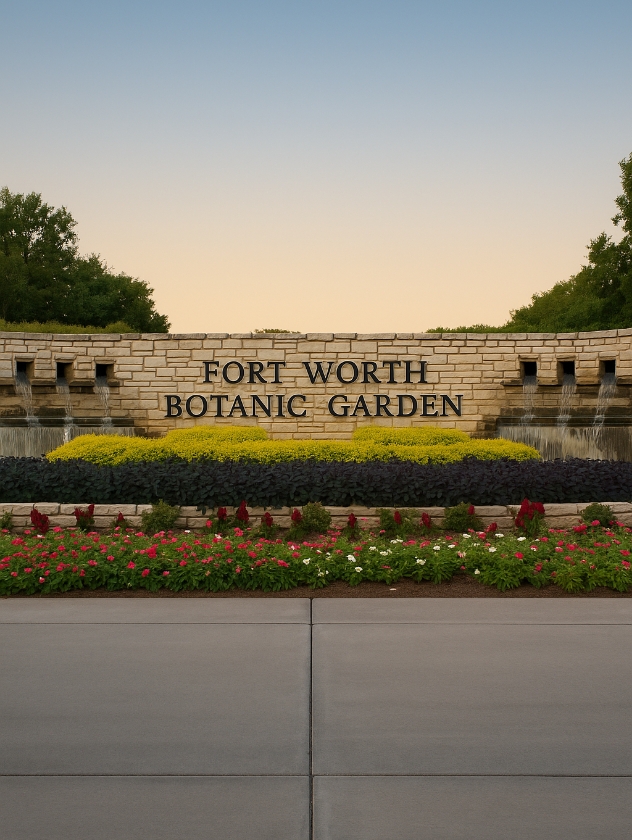Best. Paper. Ever.
I’ll admit it. I’m biased toward brevity. It’s hard to write succinctly, though. Blaise Pascal knew it (“I have made this letter longer than usual, only because I have not had time to make it shorter”). Shakespeare knew it, too (“Brevity is the soul of wit”). You can imagine, however, how additionally difficult it is to succinctly write for science, a field defined by its details.
So when I come across science writers practicing an economy of words, I’m doubly impressed. But none can surpass the joy elicited from what I’ve deemed The Best Paper Ever. This paper, published in the journal Madroño, is from a scientist in the fields of taxonomic botany and floristics, fields that document what plants grow where.
Full Title: Cneoridium dumosum (Nuttall) Hooker F. Collected March 26, 1960, at an Elevation of about 1450 Meters on Cerro Quemaz, 15 Miles South of Baha de Los Angeles, Baja California, Mexico, Apparently for a Southeastward Range Extension of Some 140 Miles
Full Text: I got it there then (8068).
Seriously? That’s brilliant! Of course, the author then follows with a hilarious lengthy Acknowledgments section in which he thanks everyone under the sun, including his parents and the person who took the manuscript to the post office for mailing.
The whole affair is a bit tongue in cheek, but the message is clear. Tight, precise prose can be powerful. It takes practice, though, and a bit of humility. How many words does one really need anyway?
*********************************************
The full paper can be viewed here:







